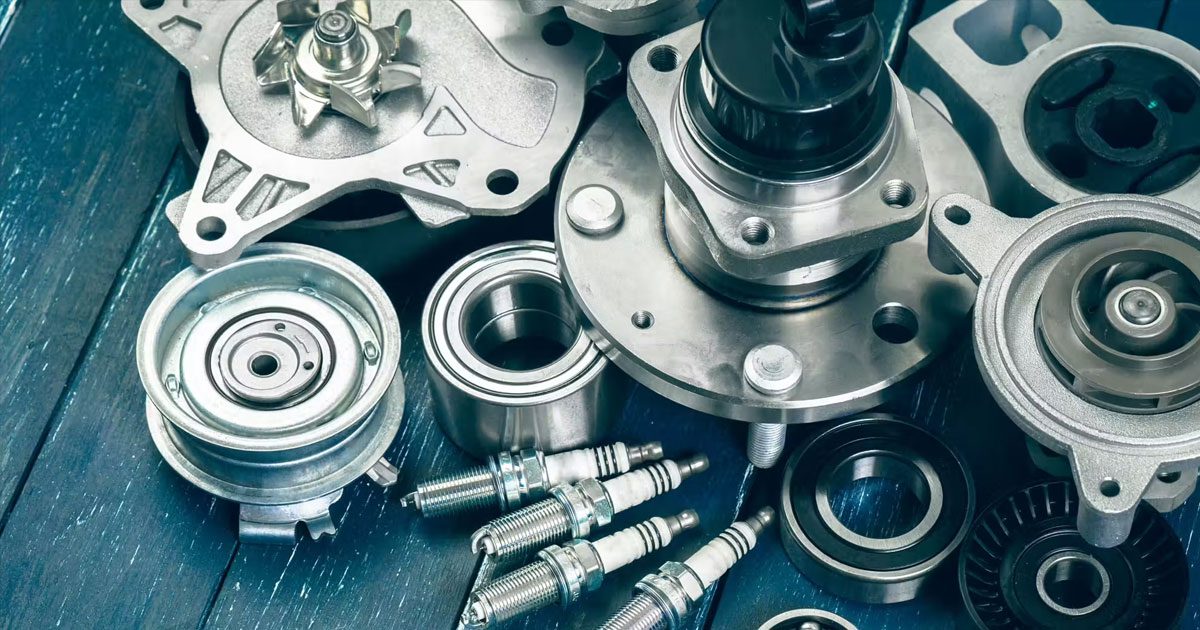Defining OEM Parts:
OEM, or Original Equipment Manufacturer, parts refer to components and products that are produced by the same manufacturer that supplied the original equipment to the vehicle or machinery assembly line. In other words, OEM parts are identical to those originally installed in the vehicle or equipment during production, bearing the manufacturer’s branding and specifications.
Quality Assurance and Compatibility: One of the primary advantages of OEM parts is their assurance of quality and compatibility. OEM manufacturers adhere to strict quality standards and specifications, ensuring that their components meet or exceed the performance requirements of the original equipment. This commitment to quality assurance translates into enhanced reliability, durability, and safety for end-users.
Perfect Fit and Function:
OEM parts are designed and engineered to seamlessly integrate with the existing systems and components of a vehicle or machinery. Manufacturers meticulously match OEM parts to the specifications of the original equipment, ensuring a perfect fit and optimal performance. This precision engineering minimizes the risk of compatibility issues and simplifies installation and maintenance procedures for technicians and end-users.
Warranty Coverage and Support:
Another significant advantage of OEM parts is the warranty coverage and support provided by the original equipment manufacturer. OEM components typically come with warranty protection, offering peace of mind to consumers and safeguarding against defects or failures. Additionally, OEM manufacturers offer technical support, service resources, and access to authorized repair facilities, further enhancing the value proposition of OEM parts.
Preserving Resale Value: The use of OEM parts can also contribute to preserving the resale value of vehicles and equipment. When repairs or maintenance are performed using genuine OEM components, it demonstrates a commitment to quality and authenticity, instilling confidence in prospective buyers. Vehicles and machinery with a documented history of OEM part usage often command higher resale prices and are viewed more favorably in the secondary market.
Differentiating OEM from Aftermarket: It’s important to distinguish OEM parts from aftermarket alternatives, which are produced by third-party manufacturers not affiliated with the original equipment manufacturer. While aftermarket parts may offer cost savings, they may not adhere to the same quality standards or specifications as OEM parts. As a result, there may be differences in fit, performance, and longevity, potentially compromising the reliability and safety of the vehicle or equipment.







